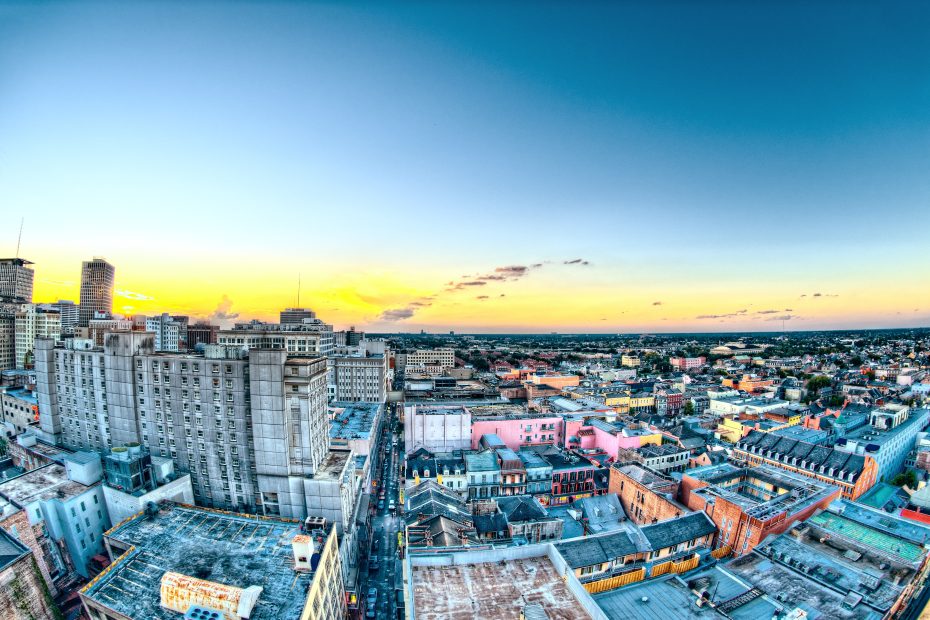Table of Contents
Introduction
Brief history
St. Peter’s Basilica is one of the most renowned churches in the world, located in Vatican City. Originally built in the 4th century by Emperor Constantine, it honors the martyrdom of St. Peter, one of Jesus Christ’s apostles. The current basilica was rebuilt during the Renaissance in the 16th century and is an architectural marvel designed by legendary artists like Michelangelo and Bernini.
Significance of St. Peter’s Basilica
As the Papal seat of the Roman Catholic Church, St. Peter’s Basilica holds deep spiritual significance for pilgrims. Known for its stunning architecture and precious artworks, it also contains the remains of St. Peter and other popes. Visiting St. Peter’s is a highlight for over 20,000 visitors daily.
Architecture
Exterior design
Dome
The most iconic feature of St. Peter’s is Michelangelo’s enormous dome soaring 435 feet high. Its dimensions are impressive – 138 feet in diameter with 16 stone ribs supporting the structure. The dome dominates the Roman skyline and was an architectural feat of the Renaissance.
Facade
The grand facade stretches 384 feet wide and 149 feet high in neoclassical style, designed by Carlo Maderno. Columns flank the entranceway, where imposing statues of Christ the Redeemer, John the Baptist and 11 Apostles gaze down.
Columns
Encircling St. Peter’s Square are four rows of Doric columns, creating a stunning visual spectacle for visitors to admire before entering the basilica.
Interior design
Nave
The nave stretches 615 feet long, allowing full view of the lavish interior. The sheer size inspires awe and makes one feel small before the splendor.
Apse
At the end of the nave gleams the Papal Altar with the Cathedra Petri (Chair of St. Peter) framed by a luminous stained-glass window.
Baldacchino
Standing above St. Peter’s tomb is Bernini’s 98-foot Baldacchino canopy made of bronze taken from the Pantheon. An ornate spiral pillar soars on each corner of the canopy.
Artwork
Michelangelo’s Pieta
Michelangelo’s exquisite sculpture depicts the body of Jesus on the lap of his mother Mary after the Crucifixion. Considered one of the Vatican’s greatest treasures, it draws crowds who admire the emotionally moving life-like figures.
Bernini’s Baldacchino
The bronze Baldacchino designed by Bernini took 9 years to complete with its ornate detailing of olive and laurel branches, bees and angels. It stands as both a remarkable work of art and engineering.
Other notable artworks
St. Peter’s houses other artistic gems like Bernini’s statue of Longinus, whose spear pierced Christ’s side. Mosaics dating back to the 13th century shimmer along the dome,apse and nave.
Tombs and Relics
St. Peter’s tomb
Directly below the main altar lies the tomb believed to be St. Peter’s burial place. It was discovered during excavations in the mid-20th century along with ancient graffiti and bones wrapped in purple and gold cloth.
Other papal tombs
Entombed inside St. Peter’s Basilica are over 90 popes such as Pope John Paul II. The most famous papal tomb is the Monument to the Stuarts; the monuments of various Renaissance popes also draw interest.
Interesting Facts
Dimensions
Spanning 21,097 square meters, St. Peter’s can accommodate 60,000 people and its double colonnade has 284 columns.
Unique features
-
The internal diameters of the dome’s three shell layers decrease as they get higher, adding structural strength.
-
Circular markers along the nave indicate ideal viewing points for the Basilica’s architectural sights.
-
Light from the oculus in the dome moves around the interior throughout the day like a sundial.
Pop culture references
-
St. Peter’s has been featured in films like Angels and Demons.
-
Famous persons like Pope Francis, the Dalai Lama, and Queen Elizabeth II have visited.
-
St. Peter’s Square has hosted events like papal masses, jubilee celebrations, and concerts.
Visitor Information
Hours
St. Peter’s is open daily, 7am to 7pm in summer and 7am to 6pm November to March. Mass times vary.
Dress code
Modest attire covering shoulders and knees is required.
Tips for visiting
-
Arrive early as lines get long, especially on Sundays.
-
Free tours are available, or you can rent audio guides. Guided tours need booked in advance.
-
Photography is allowed without flash. Respect others viewing the artworks quietly.
Conclusion
Summary
With its rich history, impressive architecture, priceless art, and holy relics, St. Peter’s Basilica offers a sublime experience. Marveling at Michelangelo’s dome, seeing Bernini’s Baldacchino, and gazing on the Pieta are soul-stirring highlights.
Significance of visiting
Beyond the artistic wonders, St. Peter’s spiritual aura profoundly touches pilgrims and tourists alike. The basilica represents humanity’s quest to express the divine in stone, bronze, and beauty. Visiting St. Peter’s is a blessing and an encounter with the foundations of Christendom.
FAQs
Q: What is unique about the dome?
A: Michelangelo’s dome was the largest dome in the world upon completion and a feat of Renaissance architecture with its dimensions and design. The oculus at the top lets in natural light.
Q: Where are the tombs located?
A: Most papal tombs like John Paul II’s are located in the grottos beneath St. Peter’s Basilica. St. Peter’s tomb is directly under the high altar.
Q: When was the current basilica built?
A: The present-day St. Peter’s was built during the Renaissance between 1506-1626 AD. Several architects including Bramante, Raphael and Michelangelo worked on its design and construction.
Q: What is the dress code?
A: Modest dress is required – shoulders and knees must be covered. Arms can be uncovered. Jeans are allowed if not torn. Hats must be removed.
Q: How do you get tickets?
A: Entry to St. Peter’s Basilica is free. Optional experiences like the dome climb or guided tours need advance booking and tickets. Check the Vatican website for details.
